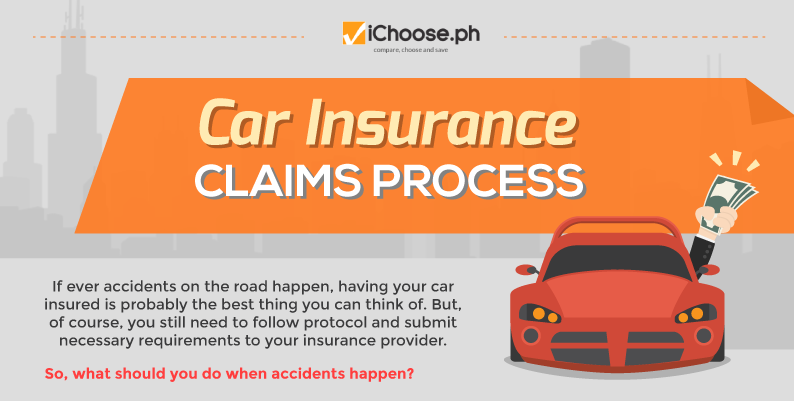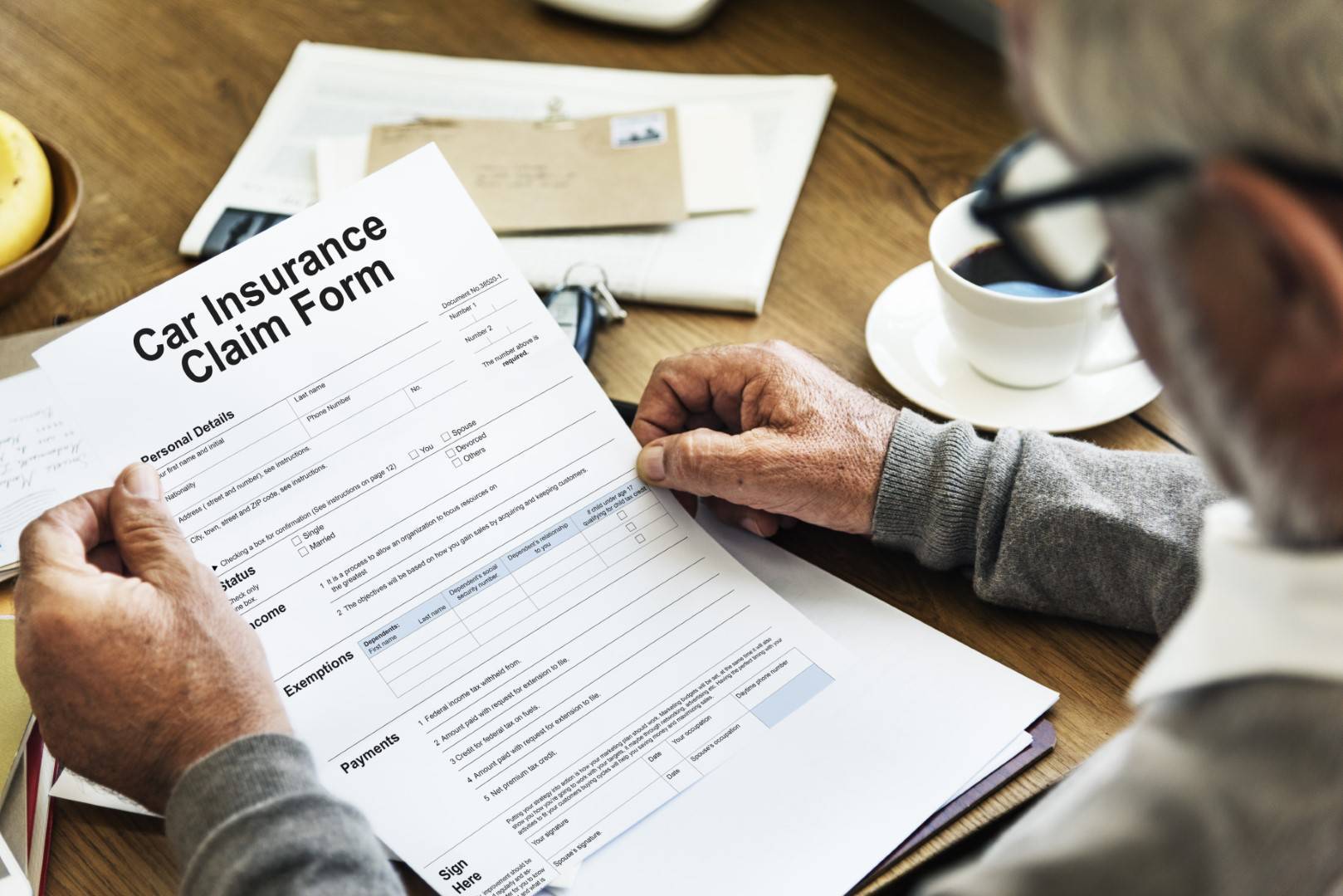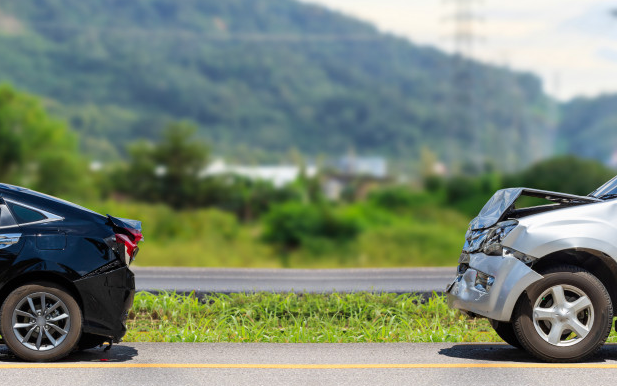Car Insurance Claims Process [Infographic]
If ever accidents on the road happen, having your car insured is probably the best thing you can think of. But, of course, you still need to follow the protocol and submit necessary requirements to your insurance provider.
Claiming car insurance policies follows standard procedures that vary across companies. However, some common requirements and processes can apply in some cases.
Before you gather the following requirements, make sure that you inform your insurance company about the incident immediately. You also need to secure the damaged property, and never sign any agreement regarding liabilities to any third party or other person involved in the incident, no matter how confusing and overwhelming things can be.
Here are the basic requirements for filing a claim with your insurance company:
A copy of the Policy and Official Receipt of Premium Payment:
This document serves as proof of your policy and payment is required to claim the insurance. In case of claiming against a third party’s policy, you need to have a certificate of no claim from your insurer to rule out double claims.
The Police Report Affidavit:
As the name suggests, this document is made by the responding police. It includes all the vital details about the incident, detailing how the car was damaged and who is at fault, if applicable.
Photographs:
Make sure to take one showing the damage or lost parts together with the license plate and also one that shows the whole car and the license plate.
Photocopies of the following documents:
- Your Driver’s license
- Official receipt of your driver’s license
- Your vehicle registration certificate
- Official receipt of your vehicle registration
Notarized Affidavit or Insurance Claim Form from the Insurer:
This depends on the insurance company. Generally, what is needed is a legal written declaration of what happened. Some insurance companies provide standards forms for these.
Repair Estimate:
If your car is covered by damages under comprehensive car insurance or similar, provide a repair estimate.
Here is the basic procedure when filing a claim:
- Report the incident at the soonest possible time to the police and the insurer. Dial 117 for a faster response.
- Secure or retrieve the damaged property
- Never admit liability or sign anything admitting liability. Don’t offer, promise payment, or pay involved third party individuals without the consent of the insurance company to preserve your right to recover against that person if proven that he is legally at fault.
Here are some cases when you might need to file an insurance claim:
Own Damage / Theft of Parts
This case applies to instances where you have caused damage to your car through an accident. Not all cases are covered here, but these will be detailed by the policy itself, you should consult your insurance for the specifics. It is always good to check the policy for coverage under Own Damage before considering a claim.
What you should do?
- Take photographs of the incident, particularly the license plate and the damaged part of the car.
- Contact your insurance provider regarding the incident. They will give you more instructions from here.
- Request for the inspection.
- Prepare the required documents. The police report may or may not be required if the accident does not involve theft and that the properties damaged in the accident only belonged to the insured.
- Wait for the inspection from which the assessment of the costs will be done.
- Wait for the Letter of Authority (LOA) before having the car repaired. Insurance companies in the Philippines have Casas or repair shops preferred by the insurers. You may or may not be required to have your vehicles repaired here. The deductible needs to be paid before the repairs are done.
Personal or Passenger Injury or Death / Personal Accident & Passenger Accident
Some policies include personal accident and passenger accident covers. These reimburse you and/or the passengers for medical expenses caused by injuries from an accident while driving or riding the insured vehicle. In some cases, it also covers death.
On top of the basic requirements discussed earlier, you will need the following:
- Original copy of the medical certificate of injured person/s
- Original copy medical receipts and prescriptions
- Photocopy of:
- Birth certificate
- Marriage certificate (if applicable)
- Certified Copy of:
- Death Certificate
- Funeral Bills in the form of receipts
- Your Certificate of Employment
Procedure:
- If the insured is unable to process this due to severe injury or death, an authorized representative is to do this on his behalf.
- Correspondence with the insurer should be established as soon as possible regarding the accident.
- All requirements should be submitted.
- The insurer will assign a representative to take care of the reimbursement procedure.
Lost or Stolen Vehicle
Submit the following requirements to the Anti-Car napping Group of your insurance company as soon as possible.
- Original copy of the Complaint
- Original copy of Nationwide Formal Alarm Sheet from Traffic Management Group (TMG)
- Copy of LTO or Certificate of Registration of your Unit
- Original copy of Certificate of Non-Recovery
- Original copy of Insurance Policy
- Ignition keys (if available)
Natural Disasters
When typhoons and other acts of nature wreak havoc on your car, and it’s good to have the Acts of Nature coverage. Many insurance companies are quick to act during mass flooding and make the claims process more efficient. Often it’s as simple providing the car’s whereabouts or your address.
Other reminders:
No matter what the situation is, it is important that you keep your own copy of the documents submitted to your car insurance company, with date, and signatures over printed name, as well as the Insurance personnel that received your documents and helped you process your claim.
Take note that there are a waiting period of three (3) months. If your vehicle is not recovered after that period, then the insurance company will pay you for the Actual Cash Value (ACV) of your lost or stolen vehicle. This is not necessarily equivalent to the price of the brand new vehicle counterpart, so make sure you negotiate a fair deal with your insurance company. You will then be able to shop around for a replacement for your stolen vehicle.
More useful reads from iChoose.ph







